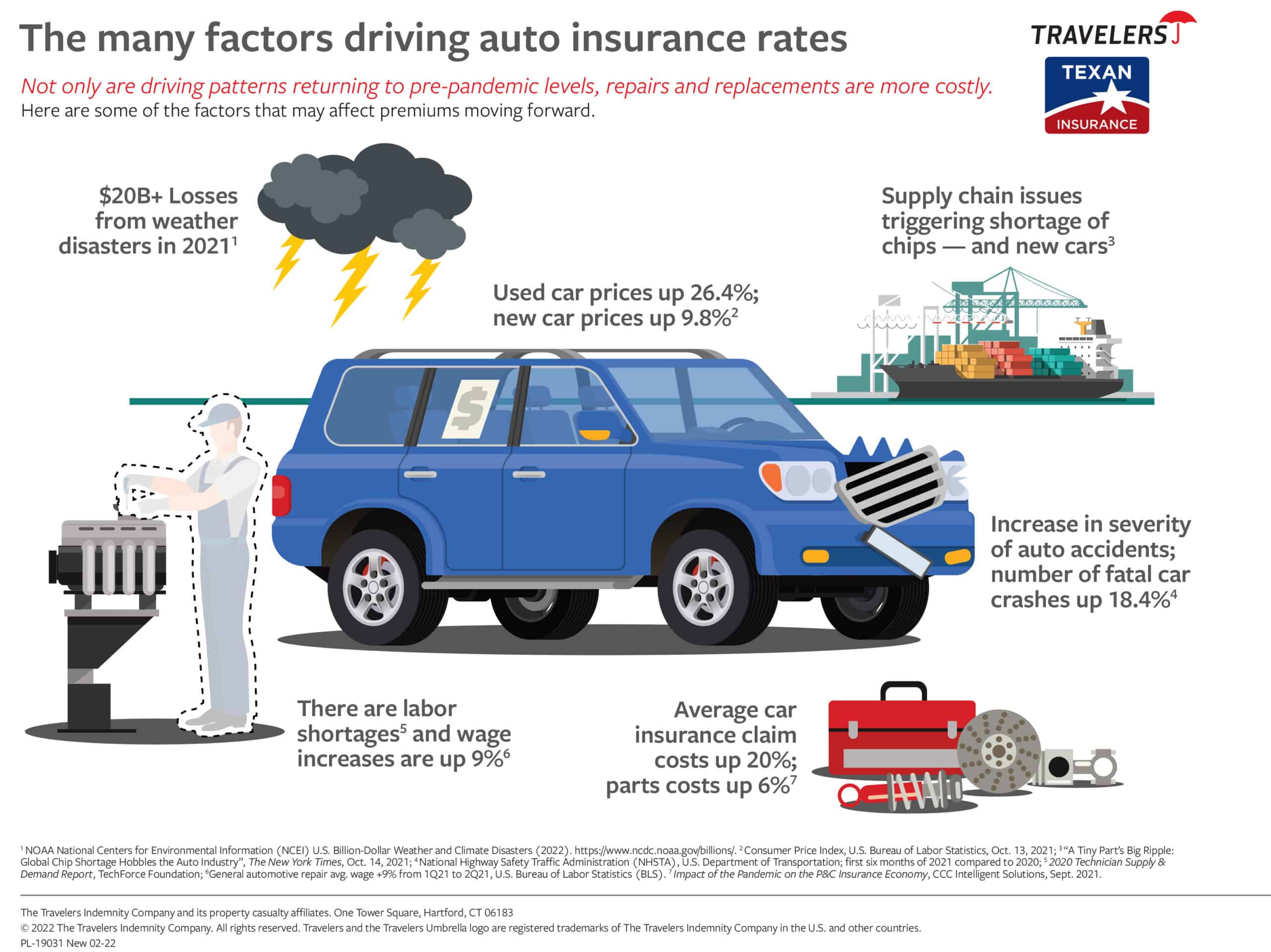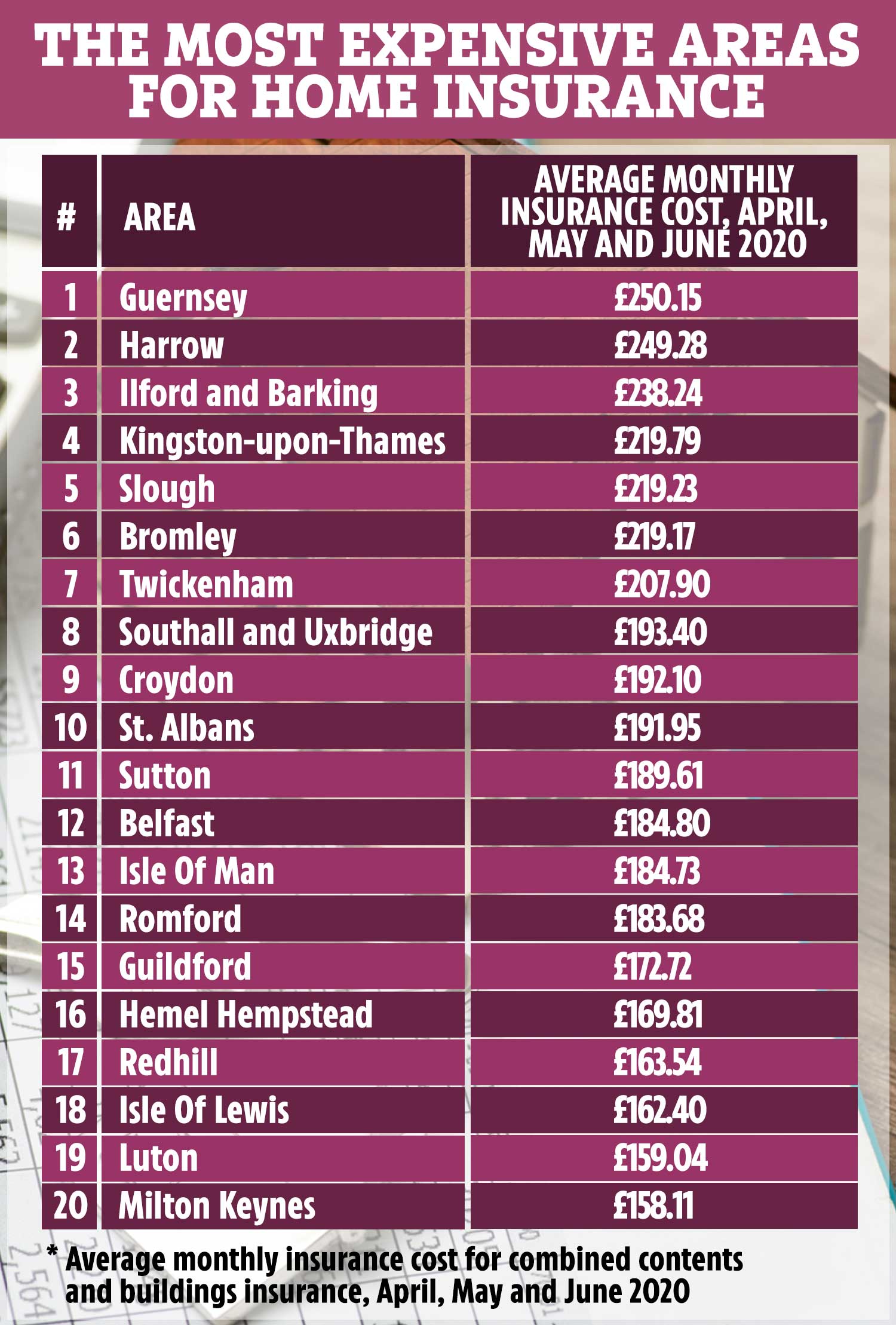
Here are some tips to help you choose the right pet insurance. First, you need to be aware of the cost of veterinary care. The cost of veterinary care in big cities is higher because there are more veterinarians and better medical facilities. This factor can increase the cost of your pet insurance policy. There are also enrollment fees and monthly processing fees to consider.
Age
Most pet insurance policies will cover your pet up to eight weeks of age. It becomes more difficult and expensive to obtain a new policy after eight weeks. Older pets also require more medical care. But that does not mean that they can't be insured. Pet insurance policies for older pets will typically reimburse 90% of the cost of the medical care your pet needs.
While pet insurance premiums may rise as your pet gets older, there are ways to reduce the monthly cost. If your pet is younger than ten years old, you can opt for a lower reimbursement percentage or higher deductible to reduce the monthly cost. To lower your monthly cost, however, you'll need to modify the terms of the policy if your pet turns 65.

Breed
There are several factors that can influence the cost of pet insurance. Insured breeds that are more expensive than others can have higher premiums. Because of their genetic makeup, some breeds may be more vulnerable to certain illnesses or diseases. The monthly premium for keeping a purebred dog or cat will also increase. Thankfully, there are some companies that group certain breeds into risk pools.
The average cost of pet insurance coverage can vary a lot, depending on the breed and location. Basic policies cover illnesses and accidents, while more comprehensive policies include diagnostic tests and lab fees. You can also sign up for pet wellness care plans which will reimburse you for routine preventative healthcare. Pet insurance is generally comparable to human insurance in terms both of cost and coverage.
Location
Sometimes, where the pet owner lives can have a significant impact on the cost of pet insurance premiums. If a pet owner is located in New York City, they will likely spend more than someone who lives in rural North Dakota. Because there is a difference in the cost of veterinary treatment in different states, this can be explained. Some carriers will adjust the premiums according to the state where the owner resides.
Veterinarian care is generally more expensive in large metropolitan areas. Their fees are often higher due to higher salaries for vets working in big cities. Many insurance companies also charge higher premiums in these areas due to higher expenses. Pet insurance companies may also charge transaction fees or maintenance fees. These fees can affect pet owners' decision to purchase policies. Many pet insurance companies offer discounts for policy holders who pay in advance.

Reimbursement percentage
You won't be required to pay out as much if your pet becomes sick. A higher reimbursement rate means that you won’t have to pay so much. You will pay less each month and your premium will be lower. However, a lower reimbursement percentage means a lower premium. You may need to pay more out-of-pocket for medical care.
Most pet insurance companies offer different reimbursement percentages, ranging from seventy percent to ninety percent. A higher percentage will mean that you pay more monthly, but it will also help you to get cash in the event of a claim. When choosing the best plan for your pets, make sure that the premium includes a deductible, which is similar to the one you'd pay for a regular insurance plan.